Fascinating Reads : Asian Markets of Philadelphia
Today I would like to introduce you to a fascinating blog called Asian Markets of Philadelphia. Written by David Dettmann, it’s a treasure trove of articles about Asian food, with forays into whatever catches David’s interest at the moment. Since he’s a musician, scholar and speaker of an impressive number of languages, his interests are wide ranging. Having found his blog a couple of years ago, I became a fan and I now follow David on Instagram and Twitter as well. Wherever he posts, he always sparks my curiosity and inspires new projects, from replicating Uyghur bread at home to planting Korean mint (also known as pinnä پىننە in Uyghur.)
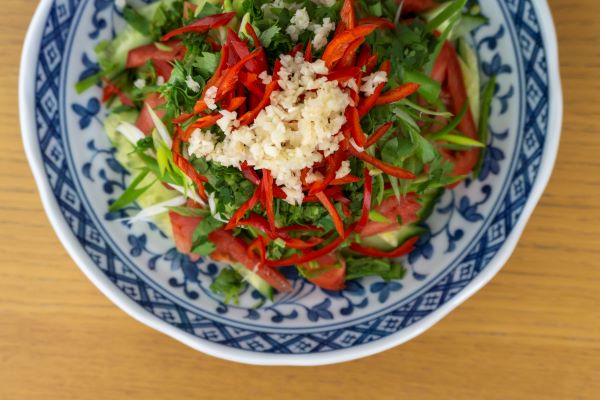
If you are interested in food culture, you will find David’s articles as compelling as I did. He shares more than recipes; there is always an in-depth explanation about the dish’s origins and the context in which it is eaten. Besides providing his version of a particular preparation, he will often include several other sources. Not only does it help me learn more techniques, it is also a great way to discover other great blogs and YouTube channels. As for the blog’s name, it covers different food markets in the Philadelphia area, so if you’re based in PA, you have a terrific guide to the local shops.
Continue reading →


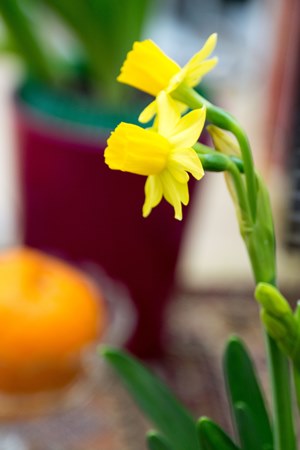
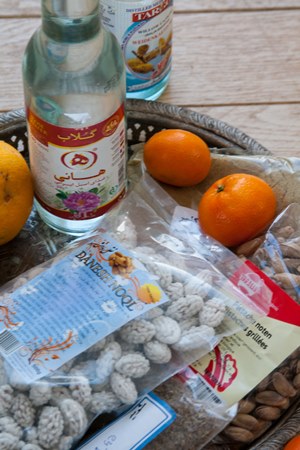
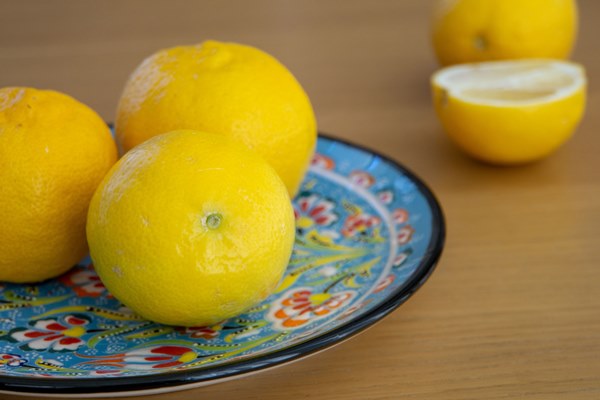













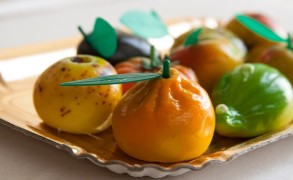

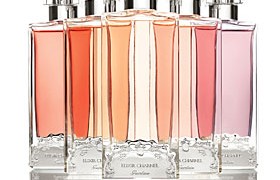
Kaisa in Perfume To Brighten Up Your Spring Days: I think you really captured something (sadly) when you said today’s perfumes are designed to be likeable rather than memorable. I would add “instantly” likeable; drydowns are often disappointing. There… April 20, 2024 at 2:56am